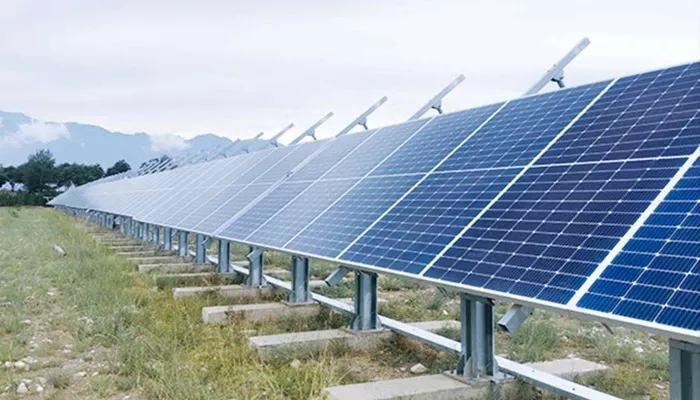The global industrial solar generator market is on a strong growth trajectory, expected to rise from $195.2 million in 2020 to $907 million by 2030. This growth reflects a compound annual growth rate (CAGR) of 16.9% over the forecast period, according to a new report by Allied Market Research.
Industrial solar generators work with solar panels to provide backup power for industrial operations during outages. These systems come in both fixed and mobile models. Each unit typically includes solar panels, an inverter, a battery, and a charger. The solar panels generate electricity from sunlight. This power is stored in the battery. When needed, the inverter converts the stored direct current (DC) into alternating current (AC) for industrial use. Unlike conventional generators, solar generators have no moving parts and produce zero emissions.
These features make solar generators both efficient and eco-friendly. They require little maintenance, involve lower operating costs, and help reduce pollution. As a result, they are gaining popularity in power generation and distribution sectors worldwide.
Rapid urbanization and population growth have created a gap between energy supply and demand in many parts of the world. This has led to power shortages, especially in developing regions. Industrial solar generators offer a reliable and sustainable solution to these issues. At the same time, growing awareness of climate change is pushing more industries and governments to explore clean energy options such as solar, wind, and hydro power.
In response, many governments are offering tax incentives and subsidies to encourage renewable energy investment. These policies are helping boost demand for industrial solar generators.
However, the market still faces challenges. Competing energy technologies, such as natural gas and bioenergy, remain alternatives for power generation. Despite this, the push from government initiatives and favorable policies continues to create new opportunities in the market.
Several factors are contributing to the market’s rapid growth. Many industries are turning to solar energy to cut electricity costs and reduce dependence on the grid. Improvements in solar panel efficiency and battery storage are also making solar generators more dependable and affordable for large-scale industrial use. In addition, industries are under increasing pressure to lower carbon emissions and improve sustainability.
Across regions, real-world examples show the market’s momentum. In Germany, a metal products factory in Thuringia invested €2.3 million in solar panels. The project now generates enough power for about 900 homes, helping the factory cut costs and support the country’s clean energy targets. In Australia, industrial gas firm BOC has partnered with Zen Energy. The deal will allow BOC to meet nearly 50% of its energy needs through a solar farm. The company aims to cut its emissions by 40% by 2035.
These examples highlight a broader trend of industrial sectors moving toward solar power. With stronger government backing and rapid technological progress, the global industrial solar generator market is expected to continue its strong expansion in the years ahead.

